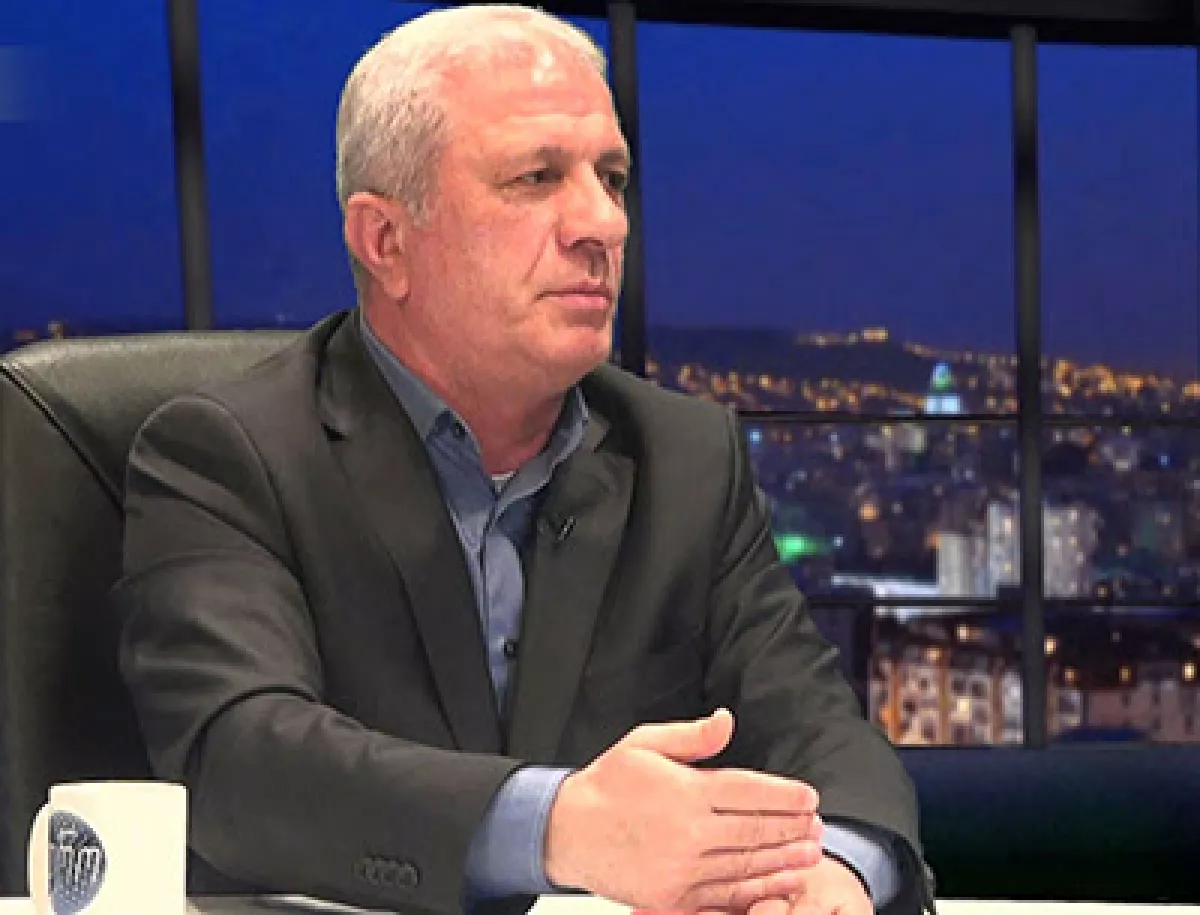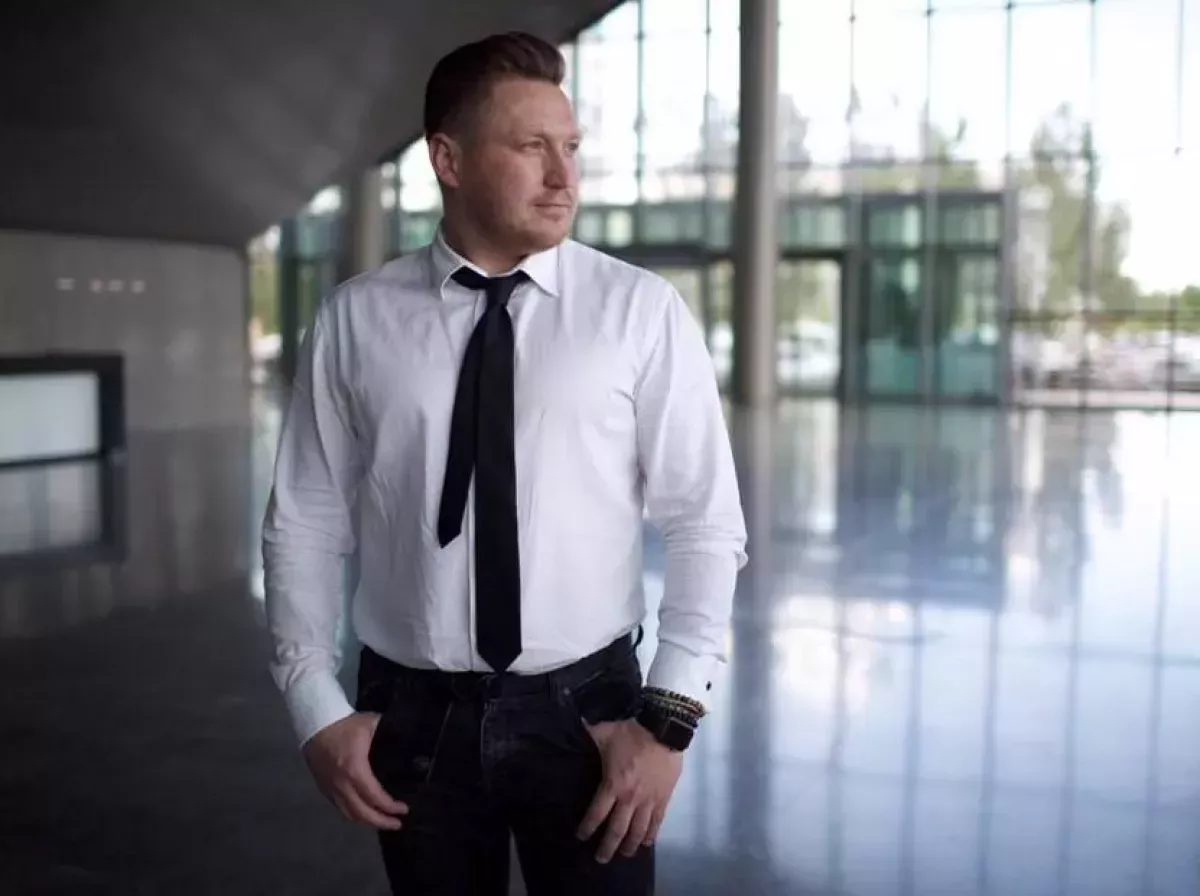“The Armenian Church has constantly tried to take something from the Georgians” Expert opinions on Caliber.Az
The conflict between Pashinyan and Garegin II is growing like a snowball every day. Recently, the Prime Minister stated that the Armenian Church has been taken over by an “antichrist group” and that he intends to lead its “liberation.”
“Beyond all debates, the most important thing has become clear during this time: the complete lack of connection and relationship between Ktrich Nersisyan (Catholicos Garegin II — ed.), Vazgen Galstanyan (Bagrat — ed.), Gevorg Ajapahian, and some others with Jesus Christ and His teachings. The House of Jesus Christ (Etchmiadzin — ed.), the place of the descent of the Only Begotten Son, is occupied by an antichrist, dogmatic, anti-national, anti-state group and must be liberated. I will lead this liberation,” he wrote on social media Facebook.
What does Prime Minister Pashinyan mean by “liberation,” and how does he intend to continue his struggle with the Armenian Apostolic Church? Georgian and Belarusian political analysts answer these questions for Caliber.Az.

According to Zaal Kasrelishvili, chairman of the Confederation of the Peoples of the Caucasus and a Georgian political analyst, amid Yerevan’s active attempts to build a new political architecture in the country, a serious internal conflict is unfolding, in which the church factor plays an important role.
“Pashinyan has entered into an open confrontation with the Armenian Church, but if you look at the situation in detail, the essence is that he is not fighting the Armenian Apostolic Church itself, but the Catholicos and a group of bishops who, it is claimed, were planning a coup in Armenia, as well as their practices and the church’s internal statutes,” he noted.
According to him, in Tbilisi this conflict is perceived not as a spontaneous clash but as a premeditated move by the Armenian authorities.
“We, the Confederation of the Peoples of the Caucasus, believe that when Pashinyan and his team decided to make all this public, they understood there would be a serious resonance. And they prepared — collecting documents indicating that some bishops and the Catholicos himself are connected with Russian intelligence agencies. Moreover, it appears that they operated in this capacity not for months, but for many years. Pashinyan is supported by the Armenian lobbies in Europe and the USA. The only group that does not support him is the Armenian diaspora in Russia, which is understandable — it has traditionally been oriented toward pro-Russian forces. The European and American Armenian diaspora do not trust the Catholicos and see certain threats in him. Because of this, the claim that the entire Armenian diaspora stands behind the Armenian Apostolic Church is a myth.”
The expert also emphasised that the attitude toward the Armenian Church within Georgian society and clergy is far from unequivocal, rooted in longstanding conflicts.
“By the way, even Catholicos Garegin II’s visits to Georgia left quite a negative impression. At the residence of the Georgian Patriarch, he behaved provocatively and made inappropriate remarks. Our Patriarch practically had to restrain him,” the political analyst said.
According to him, a significant number of conflicts have also accumulated around the issue of church property: “Armenians claim as their own churches that were built by Georgian kings. They appropriate these sacred sites, deny Georgians the right of ownership, and at the same time demand that we return churches that were transferred to Georgia during the Tsarist Russian period. But our Patriarch responded to them directly: ‘We will return what rightfully belongs to you—but you must also return the Georgian churches that you continue to hold.’”
Kasrelishvili stressed that the Georgian side tries to maintain neutrality in Armenia’s internal affairs but remains very cautious about the strategy of the Armenian Church.
“We do not interfere in their internal struggle — let them sort it out themselves — but we remember very well that throughout its existence, the Armenian Church has constantly tried to take something from the Georgians: be it churches, land, or influence. For example, during the Soviet period, the resettlement of Armenians in Abkhazia was personally overseen by Catholicos Vazgen. This Church has its own financial ‘communal fund’, its own channels, and a kind of ‘network’ operating in different countries. So, this is not just about replacing the Catholicos, but about cleansing the entire church apparatus. Garegin was backed for a long time, but now the whole structure needs a reset. We expect changes in Armenia, including in the religious and clerical sphere,” the expert concluded.

Belarusian political analyst and PhD in Political Science Borislav Osinchuk is convinced that the Armenian prime minister was left with virtually no other choice.
“There is much debate in the political science community about how and from whom Pashinyan learned of the planned coup. Some believe he received this information in Istanbul. Let’s recall that the Prime Minister began taking action against the Armenian Apostolic Church after returning from Türkiye. On the other hand, it must be acknowledged that under Garegin II, the Armenian Church became arguably the most odious and radical segment of Armenian society. The statements made by the Catholicos after the 44-day war can be described as nothing less than calls for a new war.
Overall, the conflict between Garegin and the current government began several years ago. His provocative rhetoric and harsh criticisms of the Armenian Prime Minister — accusing him of weakness and lack of patriotism — are difficult to grasp. It’s hard to reconcile the level of radicalism displayed by the head of the Armenian Church with the principles of humanism that form the foundation of Christianity.
Thus, the conflict between the Armenian Church and the Prime Minister did not arise out of nowhere. Garegin’s rhetoric contained far too much misplaced aggression. In essence, he was pushing Armenian society toward exactly what the official government was urging it to avoid — war — while Pashinyan was calling for peace. This stark dissonance clearly shows that the Armenian Apostolic Church, in the person of Garegin II and his religious apparatus, had become a threat to domestic political stability.
So when concrete evidence emerged of the Armenian Church’s links to Russian interests, no one in Armenia, in my view, was particularly surprised,” Osinchuk stated.








